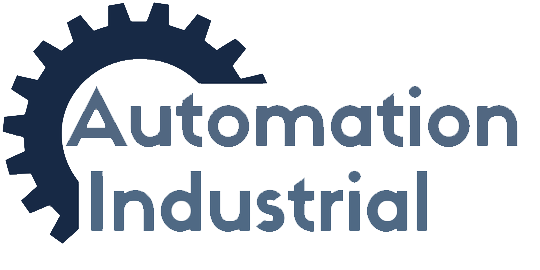Silicon Controlled Rectifiers: The Unsung Heroes of Power Electronics
Author: Matt Patrick
Tags: Automation, Drives, Industry
Date: 1/22/24
Silicon Controlled Rectifiers (SCRs), also known as thyristors, are a type of semiconductor device that has played a pivotal role in the development of power electronics. Since their invention in the 1950s, SCRs have become fundamental components in various applications, ranging from simple light dimmers to complex industrial motor controls. This article explores the importance of SCRs in modern electronics, highlighting their functionality, applications, and the value they add to different technological realms.
Understanding SCRs: Basics and Operation
At its core, an SCR is a solid-state electronic device that functions as a switch. It is designed to control large amounts of power and voltage, making it ideal for applications where high current control is required. An SCR has three pins – anode, cathode, and gate. The gate controls the flow of current between the anode and cathode: when a small current is applied to the gate, it allows a larger current to flow through the other two terminals. This unique property of being able to control large currents with smaller ones is what makes SCRs incredibly valuable in power electronics.
The Versatility of SCRs in Industrial Applications
In industrial settings, SCRs are extensively used for controlling power to electric motors. They are a crucial part of motor speed controllers, where precise speed control of AC and DC motors is required. In applications like conveyor belts, fans, and pumps, SCRs provide efficient and accurate control of motor speed, directly impacting productivity and energy consumption.
SCRs also find their application in heating controls, where they modulate the power supplied to heating elements. This is particularly important in processes where maintaining a specific temperature is critical, such as in chemical processing, metal forging, and glass manufacturing.
Impact on Power Conversion and Transmission
SCRs play a significant role in power conversion – converting AC to DC, and vice versa. They are integral components of rectifiers, inverters, and choppers. In high-voltage direct current (HVDC) transmission systems, SCRs are used to efficiently transmit power over long distances. This ability to handle high power levels and convert current types makes SCRs indispensable in modern electrical infrastructure.
SCRs in Consumer Electronics
The application of SCRs extends to consumer electronics as well. They are found in a variety of household appliances, such as light dimmers, speed controls in electric drills, and power regulators in microwave ovens. In these applications, SCRs provide an efficient means of controlling power, enhancing the functionality and user experience of these devices.
Automotive Applications: Enhancing Performance and Safety
In the automotive sector, SCRs are used in electrical systems and engine control units. They contribute to the performance and safety of vehicles through their role in battery charging systems, ignition systems, and anti-lock braking systems (ABS). The reliability and efficiency of SCRs make them suitable for the demanding conditions of automotive applications.
The Role of SCRs in Renewable Energy Systems
SCRs have found a place in renewable energy systems, particularly in solar power inverters and wind turbine controllers. They help in converting the variable DC output of solar panels into AC power, which can be used in homes and businesses or fed into the electrical grid. In wind turbines, SCRs are used to control the power and frequency of the generated electricity, ensuring consistent output and grid compatibility.
Challenges and Innovations
Despite their wide range of applications, SCRs face challenges, particularly in terms of switching speed and sensitivity to over-voltage conditions. To address these issues, ongoing innovations in SCR technology focus on enhancing their performance and durability. Developments include the integration of protective circuits and the use of new materials to improve efficiency and heat tolerance.
Future Prospects of SCRs
Looking ahead, the future of SCRs in power electronics appears promising. With the growing focus on energy efficiency and the expansion of renewable energy, the demand for reliable and efficient power control devices like SCRs is set to increase. Their continued evolution, coupled with advancements in semiconductor technology, will likely lead to SCRs that are more compact, efficient, and versatile.
Conclusion
Silicon Controlled Rectifiers are an integral part of the power electronics landscape, serving a range of applications from industrial motor control to renewable energy systems. Their ability to control high power with precision and efficiency makes them invaluable in various sectors. As technology continues to advance, the role of SCRs in power control and management will remain crucial, driving innovation and efficiency in a world increasingly reliant on sophisticated electronic systems. The ongoing development of SCR technology holds the promise of further enhancing the capabilities of power electronics, contributing significantly to the evolution of modern electrical and electronic infrastructure.
